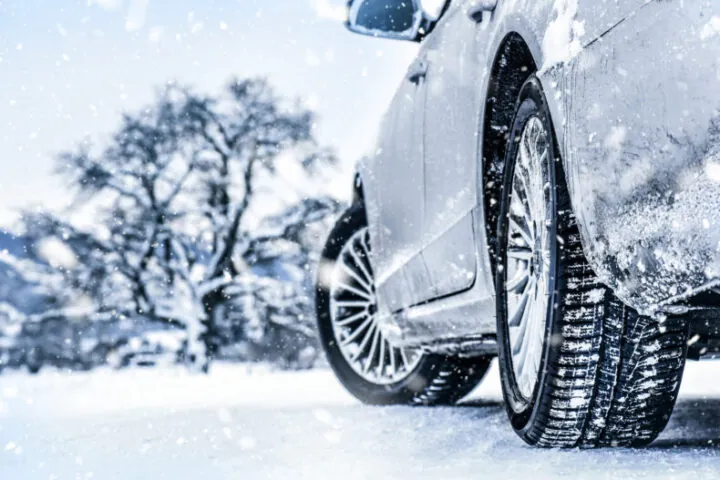A Guide to California Stop Sign Laws and Right-of-Way Rules
In California, stop signs are placed at intersections, including four-way stops, T-junctions, and pedestrian crossings, to enhance traffic safety. A local authority can adopt rules and regulations by ordinance to place a stop sign at any location on a highway under its jurisdiction.
According to California stop sign law, when drivers approach a stop sign, they must come to a complete stop at the limit line or crosswalk before proceeding. Failing to stop can lead to a traffic violation, fines, traffic school, and points on a driver’s record. Read on to learn more about California’s laws for stop signs.
What Are California’s Stop Sign Laws?
California law outlines specific protocols for yielding the right-of-way after stopping in the California Driver Handbook and the California Vehicle Code.
California Vehicle Code 22450
According to California Vehicle Code 22450, a vehicle approaching a stop sign or railroad grade crossing shall make a full stop at a limit line if marked. The stop must be complete, meaning the vehicle should cease all forward movement before continuing.
If there isn’t a marked limit line, the driver must come to a complete stop at the entrance to the intersecting roadway or railroad grade crossing. Therefore, you must stop at the limit line before crossing the track. This law prohibits rolling stops.
California Vehicle Code 21802
A motorist approaching a stop sign at the entrance to, or within, an intersection shall stop as required by Section 22450. After stopping at a stop sign, drivers must yield to any oncoming traffic that poses an immediate hazard.
California Vehicle Code 21803
If a driver approaches an intersection controlled by a yield sign, the driver must yield to other drivers already at the intersection.
This law is especially important at roundabouts, where drivers may misjudge the speed or distance of oncoming vehicles. Violating VC 21803 by failing to yield properly can result in a citation, fine, and other penalties.
California Vehicle Code 21453
Under California Vehicle Code 21453, drivers must stop at a red traffic light before entering the intersection or crosswalk.
It is illegal to run a red light or fail to stop before a marked limit line. Drivers who are turning right must come to a complete stop at a red light before proceeding. Like stop sign violations, running a red light can result in hefty fines and points on your DVM record license.
California Stop Laws for Railroad Crossings
When approaching a railroad crossing marked by a stop sign, drivers are legally required to stop completely before the limit line or before entering the tracks. Under California Vehicle Code 22451, drivers must come to a full stop if a train is approaching, warning signals are activated, or a stop sign is posted.
After stopping at the limit line, drivers should look and listen for oncoming trains. They are only allowed to proceed if it is safe, and there is enough space to cross the tracks. It is crucial to avoid stopping on the tracks, as trains cannot stop quickly, and any vehicle stalled or delayed on the tracks is at high risk of being hit.
Right-of-Way Rules at California Stop Signs
Understanding right-of-way rules is critical for navigating stop sign intersections safely.
- First-come, first-served rule: At a stop sign intersection, the first vehicle to come to a complete stop has the right-of-way.
- Yield to the right: If two vehicles arrive at a stop sign simultaneously, the driver furthest to the right has the right-of-way.
- Yield to pedestrians and cyclists: Drivers must always yield to pedestrians crossing at stop sign intersections.
- T-intersections: At T-intersections, drivers on the road that ends at the intersection (the base of the “T”) must yield to vehicles, cyclists, and pedestrians traveling on the through road (continuing to go straight).
- Four-way stops: At four-way stop intersections, vehicles proceed in the order they arrive. If more than one vehicle arrives at the same time, the vehicle on the right has priority.
For How Long Should I Stop?
The California stop sign law requires drivers to come to a complete stop, but many drivers are uncertain about how long they should remain stopped.
While the law does not mandate an exact time frame, the vehicle must stop long enough for the driver to check for other traffic and ensure it is safe to proceed. Rolling stops are illegal and can result in penalties and fines. A driver who runs a stop sign may be liable for injuries, property damage, and other losses suffered by the victim.
What Are the Penalties for Running a Stop Sign in California?
Stop sign violations are a common cause of car accidents in California. Nearly 70,000 accidents happen annually in the US due to drivers running stop signs. When drivers fail to stop at a stop sign and cause an accident, they can be held liable for the injuries and damages caused. The penalties for running a stop sign in California can include:
Fines
A basic stop sign violation in California typically results in a standard fine of $238.
Points on Your Driving Record
Running a stop sign adds one point to the driver’s DMV record. Getting 4 points in 12 months, 6 points in 24 months, or 8 points in 36 months can result in a suspended license.
Traffic School
If you are cited for VC 22450, you may have to attend traffic school once every 18 months to avoid getting points on your DMV record.
Increased Insurance Premiums
Insurance companies often view traffic infractions as indicators of risky driving behavior, so a stop sign violation can lead to increased auto insurance rates.
Who Is Liable in a Car Accident?
In a personal injury claim, car accident victims may seek compensation for their injuries, medical bills, and lost wages. Under California’s pure comparative negligence system, if more than one party is found to be at fault, liability may be divided based on each party’s contribution to the accident. For example, if the plaintiff is found 10% liable and the damages are $120,000, the plaintiff may recover 90% of the damages ($108,000).
In California, liability in a car accident resulting from a stop sign violation typically falls on the driver who failed to stop or yield the right-of-way. Drivers who violate the stop sign law are usually considered primarily responsible, especially if they fail to stop completely, causing the accident. An experienced car accident lawyer can help you prove liability and hold the at-fault party responsible for your losses.
Steps to Take After a Car Accident
- Check for injuries: Immediately after the accident, check yourself and others for injuries. If possible, move your vehicle out of the path of oncoming traffic to prevent another accident.
- Call 911: Report the accident to the police or California Highway Patrol (CHP). Ensure you get a police report for your records.
- Exchange information with the parties involved: Exchange contact and insurance information with the other parties involved. This includes names, phone numbers, driver’s license numbers, license plate numbers, and insurance policy details. If there are witnesses, get their contact information and ask if they are willing to provide a statement.
- Document the accident scene: Take photos of the accident scene, including property damage, any visible injuries, and nearby traffic signs or signals. These images can serve as evidence if there is a dispute over what happened.
- Consult an experienced car accident lawyer: If the accident resulted in injuries or property damage, it is advisable to consult with a personal injury lawyer. A California car accident attorney can help you understand your legal rights and pursue financial compensation.
We Represent Car Accident Victims
If you sustained injuries in a car accident caused by another running a stop sign, an experienced personal injury lawyer can help you recover fair compensation. At Alpha Accident Lawyers, we can help you prove liability and hold the at-fault party accountable for your losses.
Car accident victims often deal with medical bills, lost wages, serious injuries, and pain and suffering. With extensive experience handling cases involving traffic violations and negligence, we can guide you through the legal process and fight for maximum compensation. Call us today to schedule a free consultation.
START YOUR FREE CONSULTATION
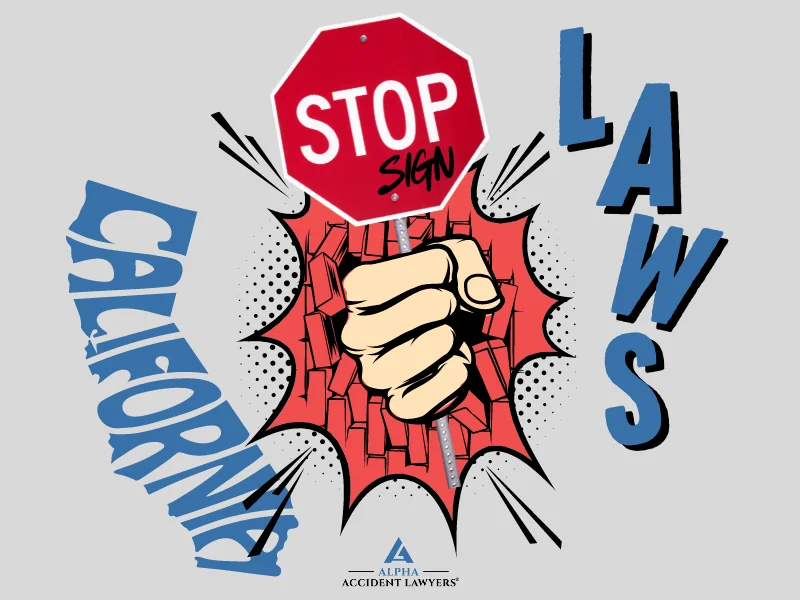
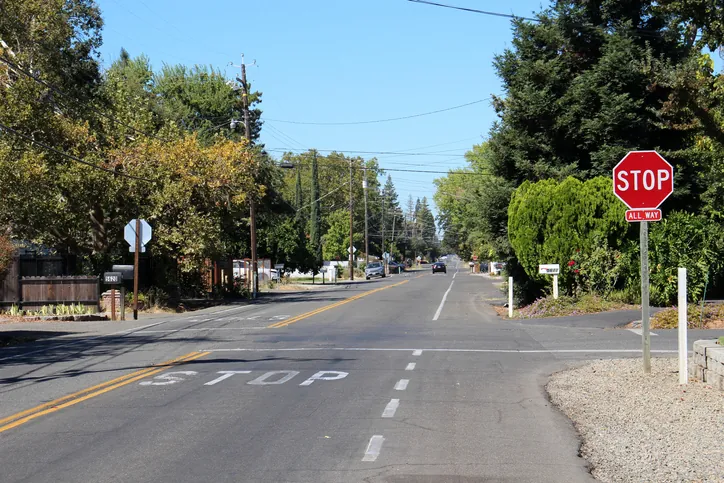

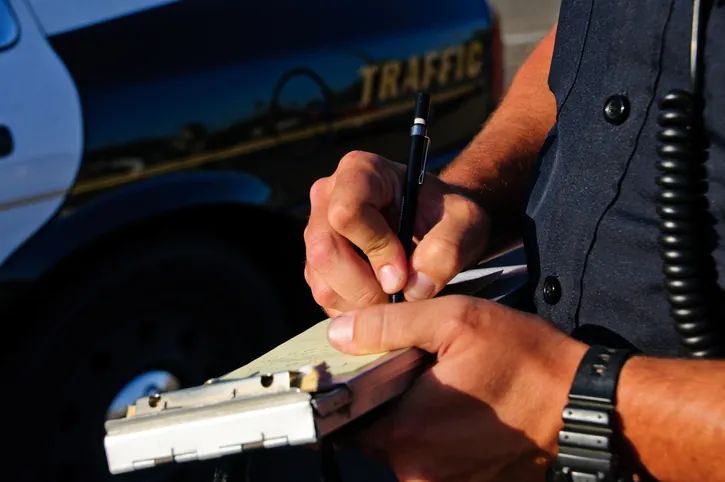
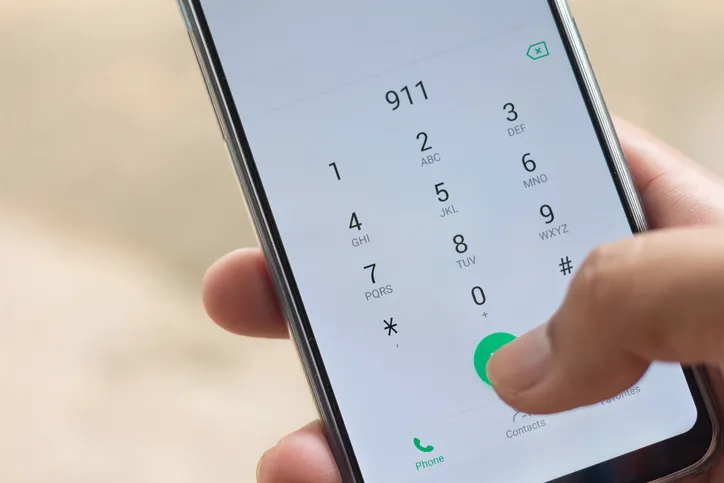
![Renee Gonzalez Killed in Pedestrian Accident on Highway 199 [Springtown, TX]](https://alphaaccidentlawyers.com/wp-content/uploads/2023/11/iStock-1472245535-1-720x480.jpg.webp)
